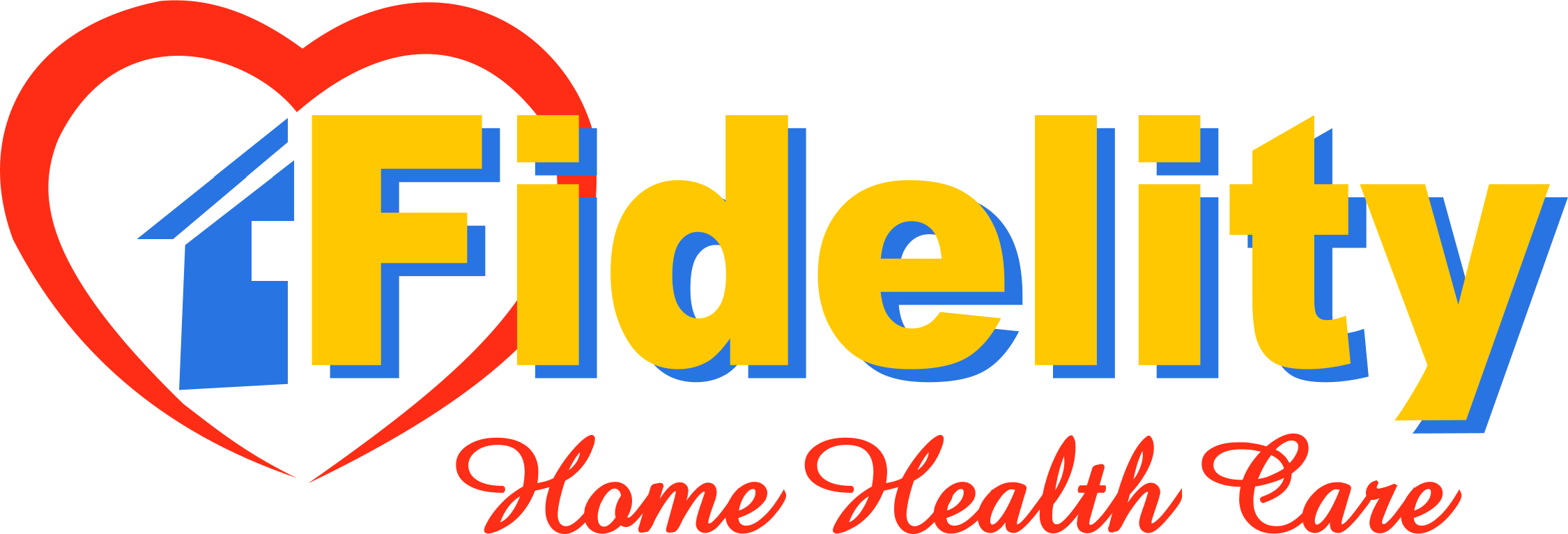6 Drinks That Lower Blood Pressure
There are two big risk factors for high blood pressure that are beyond your control: age and family genetics. What can you control? Everything else, which involves making smart lifestyle choices, such as being physically active, reducing your sodium intake, and eating healthfully.
If you’re already doing those things, you’re on the right track. But you can still kick it up a notch by watching what you quaff: These six drinks can contribute to a drop in blood pressure, especially in combination with a healthy diet and regular exercise.
1. Low-fat milk
How it works: Calcium deficiencies have long been linked to high blood pressure, and the inverse is also true: High calcium intake helps lower high blood pressure. It’s important to choose the right type of milk for the best results, though. Low-fat milk is richer in calcium than full-fat milk, and the modest amount of fat actually helps you absorb the calcium more easily. Win-win!
Sipping suggestion: As part of a daily regimen, three servings of low-fat milk and other low-fat dairy products has been shown to help reduce systolic blood pressure.
How it works: Beets are a good source of potassium — and a good source of folate, both of which are important in regulating blood pressure. What’s more, beets contain nitrate, which is converted into nitrites once ingested. Nitrites relax smooth muscle tissue and increase blood flow. Finally, beets support healthy blood vessel function and battle homocysteine, which can damage blood vessels.
Sipping suggestion: Research suggests that one to two cups of beet juice daily can lower blood pressure immediately (within an hour of consumption) and significantly. An English study found beet juice to be as effective as nitrate tablets in treating hypertension.
3. Hibiscus tea
How it works: Like pomegranate juice, hibiscus contains bioactive phytochemicals that act as a natural ACE inhibitor. One study showed that hibiscus tea was as effective at lowering blood pressure as captopril, a prescription ACE inhibitor used to treat high blood pressure and heart failure.
Sipping suggestion: In one widely publicized study, three eight-ounce servings of hibiscus tea lowered prehypertensive subjects’ systolic blood pressure significantly. Aim for three cups a day — and for the best results, prepare fresh tea daily.
4. Pomegranate juice
How it works: ACE is an enzyme that raises blood pressure by creating a protein called angiotensin II, which causes your blood vessels to constrict. Pomegranate juice acts as a natural ACE inhibitor, similar to the class of medications prescribed to treat hypertension and heart failure. In one case, pomegranate juice reduced ACE by 36 percent and lowered systolic blood pressure, too. It’s also been linked in a handful of recent studies to significantly reduced (up to 30 percent) arterial plaque and increased blood flow to the heart.
Sipping suggestion: Nutrition guru Jonny Bowden recommends drinking six ounces of unsweetened pomegranate juice every day. Too tart? Have two three-ounce servings cut with water or sparkling mineral water.
5. Cranberry juice
How it works: Cranberries and cranberry juice have powerful anti-inflammatory and antioxidant properties that help prevent and reduce damage inside the blood vessels, thereby preventing an undesirable increase in blood pressure. In addition, cranberry juice may help reduce blood pressure by dilating blood vessels and increasing blood flow. Finally, cranberries are an excellent source of blood-pressure-lowering vitamin C.
Sipping suggestion: There’s no standard recommendation for the amount of cranberry juice to drink as part of a daily regimen, but be sure to go for the unsweetened variety that’s 100-percent cranberry juice. At 60 calories per one-cup serving, you can have two servings and still get fewer calories than you’d get with the sweetened stuff, which averages about 130 calories per cup.
6. Water
How it works: Drinking adequate amounts of water is, quite simply, one of the healthiest, cheapest, and most effective ways that you can help lower your blood pressure. Chronic dehydration causes blood vessels to constrict, which helps the body conserve water by reducing water loss through perspiration, urination, and respiration. Unfortunately, constricted blood vessels require your heart to work harder, resulting in a spike in blood pressure.
Sipping suggestion: Most people have heard of the eight-glasses-a-day rule, even if they don’t abide by it. But for a more personalized approach, divide your body weight in two. That figure — in ounces — is how much water you should aim to drink per day, at a minimum. For example, a 150-pound person should shoot for at least 75 ounces daily.






